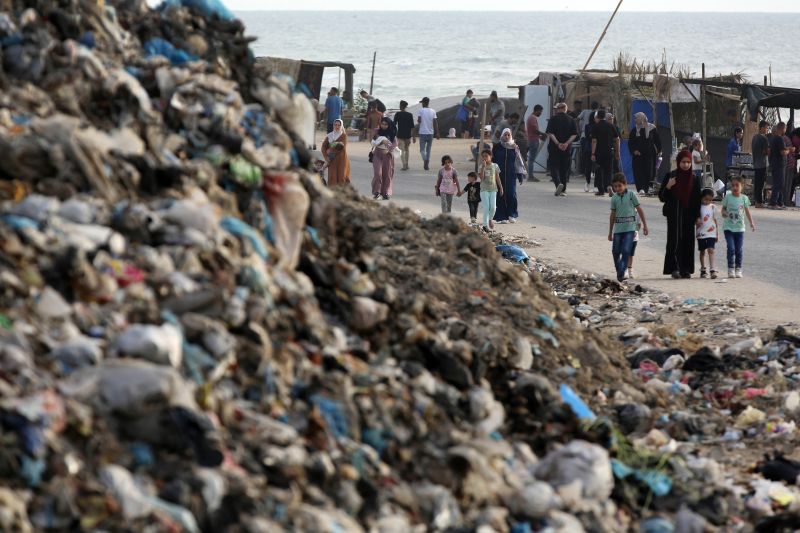The harrowing health crisis in Gaza is at a tipping point. Alarmingly, a combination of swarms of flies and mosquitoes, an overflow of raw sewage and burgeoning piles of garbage are threatening to exacerbate the urgent health predicament. This article elaborates on how these hazards add to the unsparing health struggle in Gaza, outlining how they have tragically become a common part of life for the inhabitants of this beleaguered territory.
Flies and Mosquitoes
Insects, mainly flies and mosquitoes, are breeding rapidly due to the lack of essential sanitation services and the prevalence of open waste sites in various parts of Gaza. These insects are carriers of different diseases, and their escalating population comes with the dread of potential epidemics engulfing the desperately coping health system. The explosion in the insect population can lead to the spread of diseases like malaria, dengue, and West Nile virus, all of which can have dire ramifications on the weakened health infrastructure in Gaza.
Raw Sewage
Raw sewage is another exacerbating factor in the Palestinian health crisis. With Gaza’s infrastructure struggling to rehabilitate after the devastation of multiple conflicts, the sewage treatment facilities have fallen into disrepair. As a result, untreated sewage is finding its way into homes and the wider community, causing an increase in waterborne diseases such as cholera, typhoid and parasitic infections. This stagnant sewage also acts as a breeding ground for mosquitoes and other disease-carrying pests, which further multiplies the risk of widespread disease.
Mountains of Garbage
The issue of solid waste management in Gaza is yet another challenge that threatens to worsen the health crisis. The increasing population, coupled with scarce resources and little to no waste management strategy, has led to the accumulation of garbage mountains. These heaps of waste, a grotesque feature of Gaza’s landscape, not only pollute the environment but also become a home for vermin and insects, who themselves are carriers of various diseases.
Furthermore, the inhalation of chemicals from decomposing waste can lead to respiratory diseases like asthma and bronchitis, while the interaction with hazardous waste can cause other severe health problems including various types of cancer and skin diseases. The release of toxins into the soil additionally leads to the contamination of agricultural lands leading to further food insecurity issues.
The situation facing Gaza’s residents is severe. External factors like mosquitoes, flies, raw sewage, and mountains of garbage have created a vicious cycle that further threatens an already overextended health system. To stabilize the situation, swift and decisive action must be taken at both a local and international level to tackle these serious environmental and health challenges. Intervention programs must revolve around revamping the sanitation services, improving waste management efforts and rejuvenating the declining health infrastructure.
A comprehensive solution to these chronic problems calls for humane and serious attention from international health organizations, donor countries, and local authorities. Gaza’s health crisis should no longer be viewed as a part of the daily routine. These conditions are far from normal and stretch beyond human endurance. Addressing the role of external factors in escalating the health crisis is one critical step towards alleviating the suffering of Gaza’s residents.




